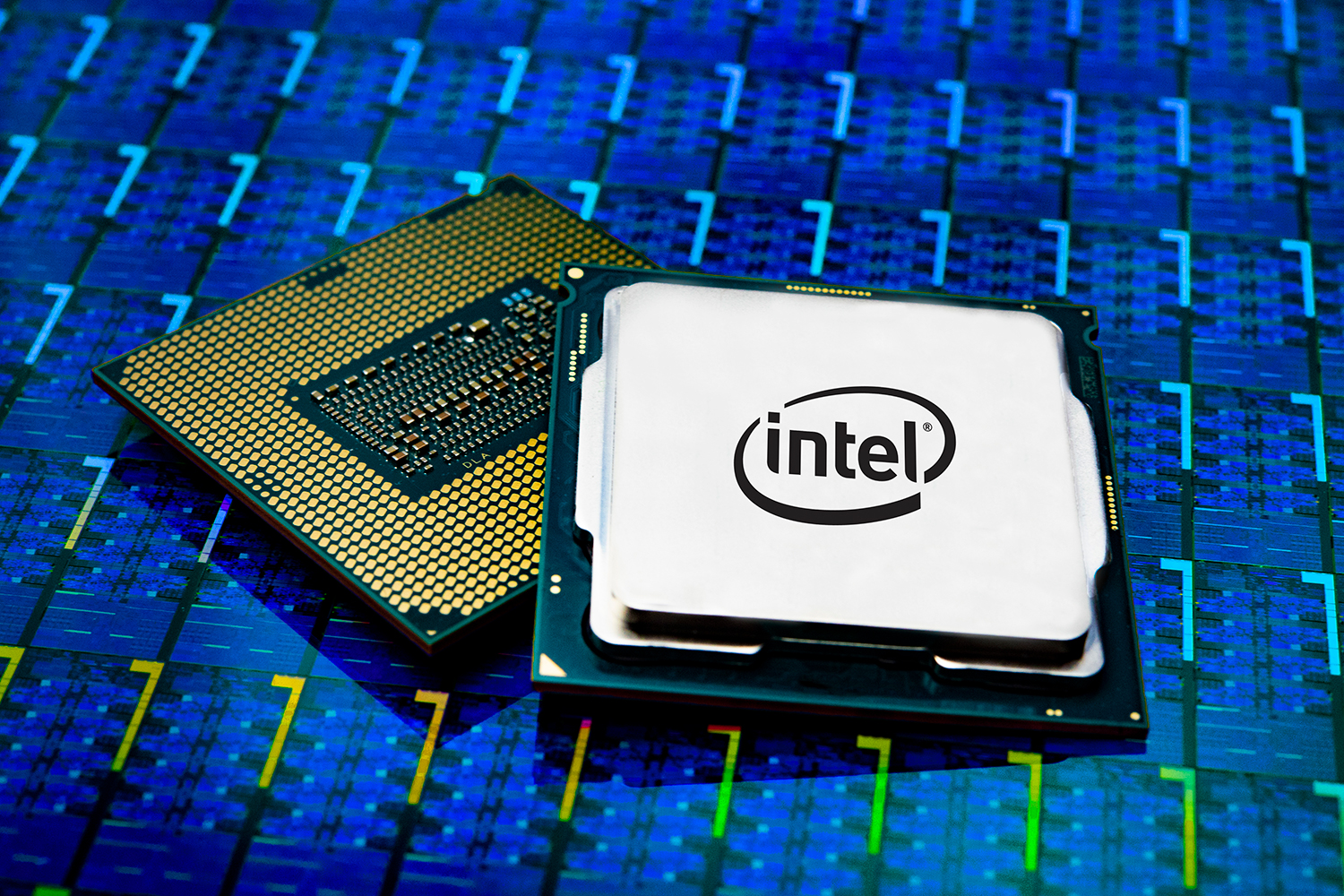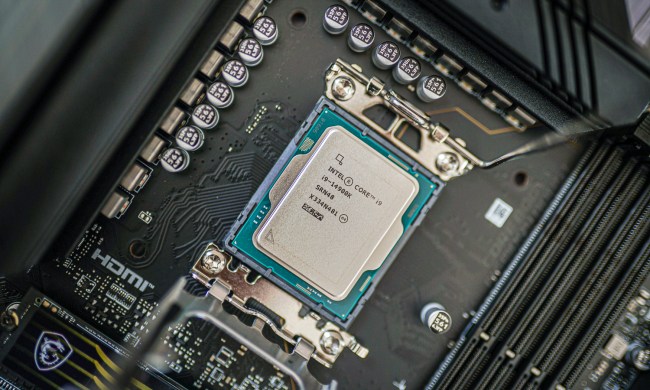
Intel’s latest ninth-generation CPUs revealed at CES 2019 might not have been particularly exciting, but a new rumored high-end option is at least intriguing. The reportedly named Core i9-9990XE is a 14-core, 28-thread monster which can hit 5GHz when boosted. That should make it more capable for fewer-threaded tasks, but potentially less so for heavily multi-threaded ones. The real kicker though, is you can’t buy the 9990XE, only OEMs can. And even then, only the highest bidder.
Looking to combat second-generation (and potentially third-generation) Ryzen Threadripper CPUs, Intel’s extreme 9000-series CPUs come with huge core counts, high-clock speeds, and high price tags. They’re slightly-beefed up versions of the 7000-series predecessor extreme-edition processors Intel debuted back in 2017, with only minor increases in clock speeds really differentiating the generations. The 9990XE, though, is potentially much faster, even if its sacrificing core and thread counts to achieve such frequencies.
That’s all intriguing in its own right, but the pricing is what perked up our ears the most. According to documents seen by Anantech, the 9990XE will not be sold to OEMs at a fixed price, but will instead be put up for auction, selling exclusively to those who are willing to pay the most. These auctions will be held once per quarter, we’re told, with the first one set to take place in the third week of January. At the time of writing, that could be any day now.
This format of sale would suggest that Intel is not only hoping to garner a higher price than that of the $1,980 9980XE, but that it doesn’t have the stock to give the chip a general release. As Anandtech suggests, this is likely to do with the chips being super-binned (very selectively chosen) 9940Xs that are capable of hitting the desired frequencies. That means volume will be low. By selling the chips at auction Intel avoids having to dole out CPUs to everyone who wants one and can instead garner more of a premium for these particular chips. If manufactures and partners take it up on the offer, that is.
Use cases for such a CPU will be slim, but there will no doubt be some extreme gaming and workstation systems that could be sold on the basis of being “5GHz,” along with the still-hefty core count. Whatever system they end up in will need plenty of power and cooling potential though, as the alleged 9990XE will have a TDP of 255 watts — 90w more than 9980XE.


